- Home
- slideshows
- miscellaneous
- 12 times the heirs to massive fortunes disappeared under mysterious or disturbing circumstances
12 times the heirs to massive fortunes disappeared under mysterious or disturbing circumstances
The Lindbergh baby's kidnapping sparked a media frenzy and new laws.

Frank Sinatra's son was held for a $240,000 ransom.
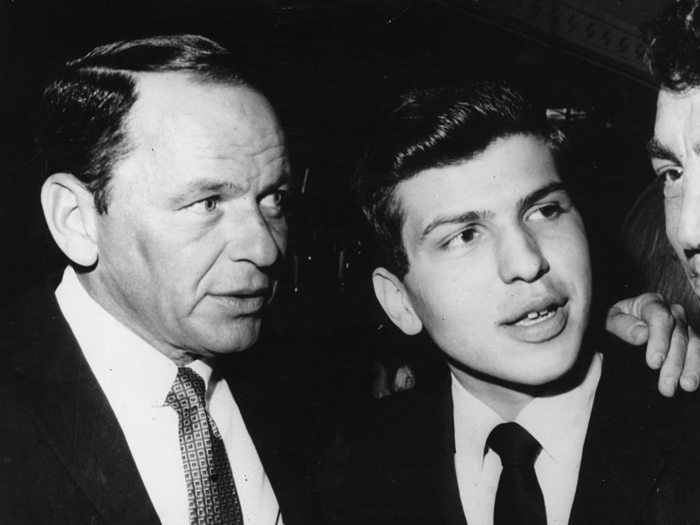
On December 8, 1963, Frank Sinatra Jr. was relaxing with a friend in the dressing room at the Harrah's Club Lodge in Lake Tahoe. The 19-year-old singer was in the midst of following his famous father's footsteps and starting his own career in the music business.
Around 9 p.m., two armed men barged into the room, tied up Sinatra's friend, and made off with the son of one of the most famous singers in the world.
According to the FBI's account of the case, the trio of kidnappers — Barry Keenan, Joe Amsler, and John Irwin — called up Frank Sinatra Sr. The singer offered to pay $1 million, but the abductors demanded a $240,000 ransom instead.
According to The Washington Post, Keenan later revealed that the gang initially considered abducting Bob Hope's son, but considered that idea too "un-American."
After photographing the dollar bills used in the ransom payment, FBI agents subsequently dropped the money off on December 11. Sinatra Jr. was freed, unharmed. Irwin confessed the crime to his brother, who promptly called the FBI. All three kidnappers were convicted.
Keenan, the ringleader of the kidnapping, got out of jail after five years. According to the Post, he went on to make a fortune in real estate.
A millionaire's son was abducted in 1953, prompting the biggest ransom in American history at the time.
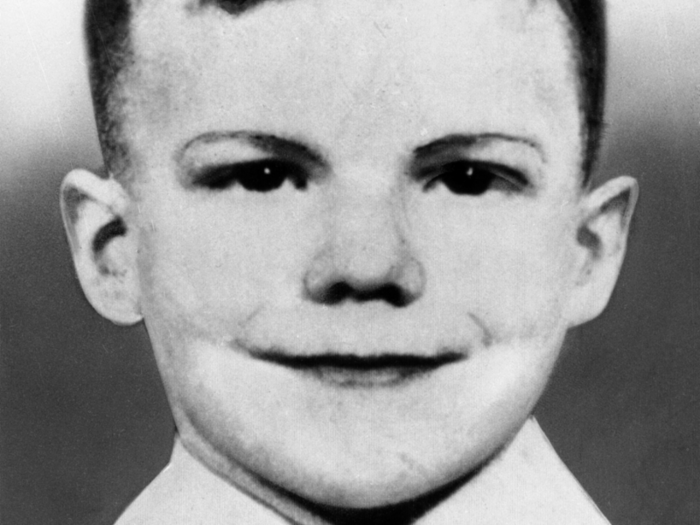
On September 28, 1953, a woman visited an exclusive Catholic school in Kansas City, bearing troubling news.
She told a nun that she was the aunt of six-year-old Bobby Greenlease, and that she needed to collect the boy since his mother had just suffered a heart attack.
But the woman, Bonnie Emily Brown Heady, and her partner, Carl Austin Hall, had no intentions of reuniting Greenlease with his parents. After making off with the elementary schooler, they sent a ransom message to Greenlease's father and namesake, Robert, a millionaire auto dealer, demanding $600,000 for his son.
The Greenleases complied with the ransom demand, unaware that their son was already gone. After buying him some ice cream, the kidnappers had shot the six-year-old shortly after his abduction, according to the FBI's account of the case.
Heady and Hall, both unemployed alcoholics, raised suspicion when they dropped thousands of dollars all around St. Louis in a post-abduction spending spree. Police quickly apprehended them, and the couple went to the gas chamber just months later.
The wife of Piper Jaffray's CEO was snatched while gardening outside her home.
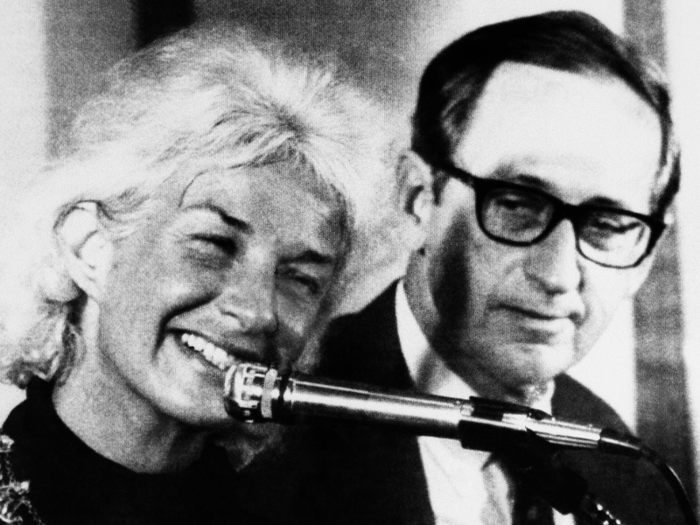
July 27, 1972 started off as a normal day for Virginia "Ginny" Piper. The wife of Piper Jaffray CEO Harry "Bobby" Piper was out in the yard of their home, tending to her garden. Piper herself was a well-known Minnesota socialite and philanthropist, according to MinnPost.
But on that particular July afternoon, two masked, armed kidnappers invaded the family's home, taping up two staffers and snatching Piper.
"Hostage" — a Parcast podcast — broke down the Minnesota kidnapping in two episodes, detailing how Piper built up a rapport with one of her abductors in order to survive. The podcast also delves into how Bobby drove around the seedier areas of Minneapolis with $1 million in his car trunk, desperately following the intricate ransom demands in a bid to secure his wife's safe return.
After Bobby paid the ransom, the abductors held up their end of the bargain. One kidnapper phoned a Minnesota minister to reveal that Piper was physically unharmed, left chained to a tree in a rainy, remote corner of Jay Cooke State Park. FBI agents rescued the socialite, and she was reunited with her husband and three sons.
The case of who kidnapped Piper, however, has never been solved.
The grandson of the world's wealthiest man became embroiled in a famous kidnapping case.
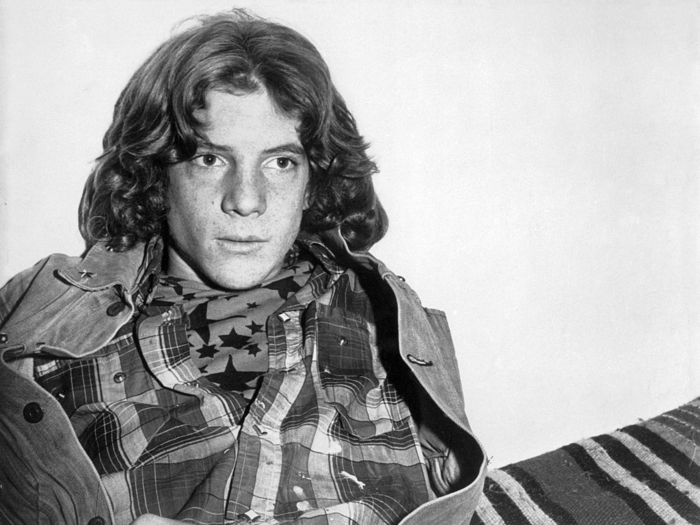
The 1973 kidnapping of John Paul Getty III has spawned movies, a TV series, and plenty of books.
It's not hard to see why. J. Paul Getty, the founder of Getty Oil, was a billionaire several times over with a reputation for extreme frugality and fraught family relationships.
Those two qualities came to a head on July 10, 1973, when Getty's 16-year-old grandson John Paul Getty III was kidnapped in Rome. The young man's mother, Gail, received a ransom note demanding $17 million for the safe return of her son.
As Town and Country magazine reported, Getty initially refused to pay his grandson's ransom, saying, "I have 14 other grandchildren. If I pay one penny, I'll have 14 kidnapped grandchildren."
After the abductors mailed a piece of their victim's ear to an Italian newspaper, the oil tycoon relented and negotiated the amount down to $3 million. After about five months spent in brutal conditions, the teenager was released.
The New York Times reported that the young man rang up his grandfather to thank him for paying the ransom, but Getty wouldn't go to the phone.
A criminal gang seized two brewing heirs during the Great Depression.
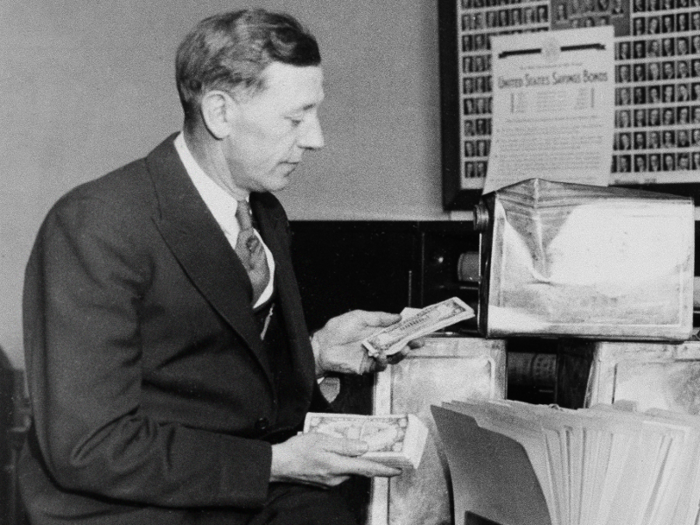
Both Hamm's Brewery and the Schmidt Brewery thrived during Prohibition by producing non-alcoholic malt drinks, according to the Growler.
But that success also left the family running the brewery vulnerable to a gang of ruthless criminals.
The Barker-Karpis gang had started out robbing banks during the Great Depression. But overtime, according to the FBI, the gangsters moved on to lucrative ransom kidnapping schemes.
William A. Hamm Jr., a beer heir who worked as the president of Hamm's Brewery, was their first target. The gang seized Hamm in 1933, releasing him after securing a $100,000 ransom.
Next was Edward Bremer, Jr., the heir of the now-defunct Schmidt Brewery. MPR News reported that Bremer was bundled into a car after dropping his daughter off at school. Imprisoned for 10 days, the heir was released after the Barker-Karpis gang received a $200,000 payment.
The Barker-Karpis gang broke up shortly after Bremer's abduction, and some of the gangsters were killed in a famous 1935 shoot-out with the FBI.
Abductors brutally murdered a department-store heir in San Jose.
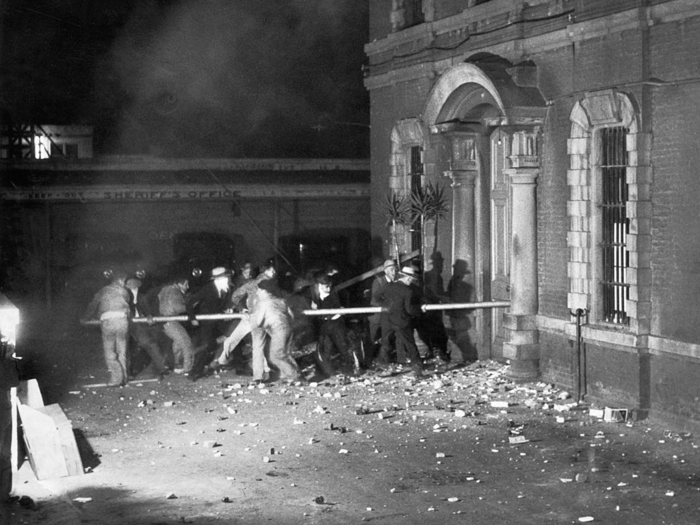
Leopold Hart and Son Department Store was an iconic San Jose store from the late 1800s to the early decades of the 20th century.
And in 1933, the heir to that successful business was 22-year-old Brooke Hart. Hart had worked in the store, which had been founded by his grandfather and was run at the time by his father, and was made a company VP after graduating college.
On the evening of November 9, Hart left his father at the department store's entrance and set off into the department store's parking lot to get his car. He intended to drive his father to a meeting, according to the book "Jury Rigging in the Court of Public Opinion."
But Hart's father became alarmed as the minutes ticked by and his son's Studebaker failed to appear. Hart was already long gone by that time. Upon entering his Studebaker, the young businessman is said to have been carjacked at gunpoint by Harold Thurmond.
The book "Murder by the Bay: Historic Homicide in and about the City of San Francisco" details how the kidnapping unfolded: Thurmond forced Hart to drive to meet his accomplice Jack Holmes. In Holmes' car, the two kidnappers and their victim drove to the San Mateo Bridge.
After forcing him out of the car, Holmes knocked the young man in the head with a concrete block; the abductors then bound him with wire, tied concrete blocks to his legs, and threw him into the San Francisco Bay.
Hart survived the fall, landing in shallow water at the base of the bridge. The kidnappers killed him when they drew their firearms and shot the victim from above. The abductors then attempted to secure a $40,000 ransom from the family. The pair's efforts to collect a payment ultimately resulted in their arrests; both Holmes and Thurmond subsequently confessed to murdering Hart.
The Mercury News reported that after Holmes and Thurmond confessed to the crime, a mob of thousands stormed the jail where they were being held and lynched the two men.
The killing of Holmes and Thurmond, who were both white, was California's last well-publicized lynching.
Kidnappers held the nine-year-old son of a timber tycoon in a hole in the woods.
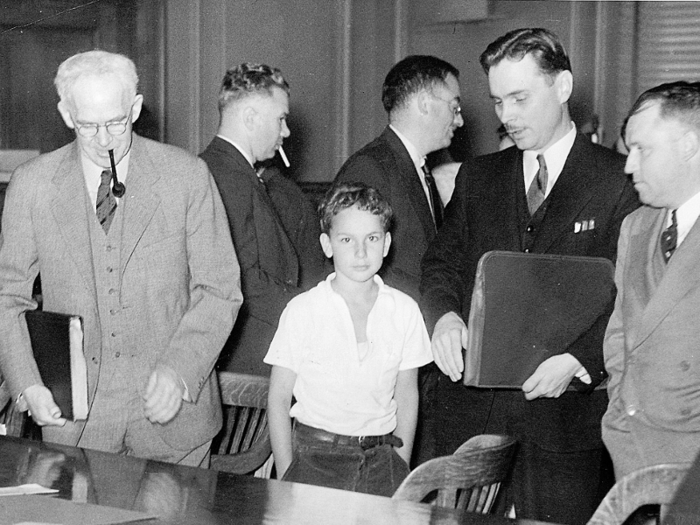
The 1930s proved to be a banner decade for abduction in the United States. With the forces of Prohibition and the Great Depression at play, many individuals turned to a life of crime.
For some, that meant sticking up banks. For others, that meant abducting the wealthy for ransom.
The abduction of nine-year-old George Weyerhaeuser, the heir to a Washington timber fortune, fell into the latter category.
Harmon Metz Waley and William Dainard grabbed the kid while he was walking home for lunch on May 24, 1935.
According to the Daily Herald, the abductors blindfolded Weyerhaeuser and imprisoned him in a hole in the forest. The kidnappers kept moving the nine-year-old around the forest to avoid detection, and they even shared newspaper articles about the abduction with their victim.
Weyerhaeuser's family received a ransom note instructing them to communicate with the kidnappers through coded advertisements placed in local newspapers' classified sections. They ultimately paid a $200,000 ransom, and Weyerhaeuser was released.
The kidnapping victim would eventually grow up to chair his family's Weyerhaeuser Company, which remains a major owner of timberlands.
A gangster going by the nickname 'Big Spender' abducted the son of a Hong Kong magnate.

In 1996, Victor Li fell into the clutches of Hong Kong's notorious "Big Spender." According to the South China Morning Post, the businessman was snatched by a gang of four AK-47-wielding kidnappers on his way home from work.
Cheung Tze-keung was a gangster who specialized in high-profile ransom kidnappings. Li, the son of Hong Kong business magnate Sir Li Ka Shing, was the perfect target.
Cheung's abduction gang held Li overnight, demanding a $134 million ransom. Sir Li was the man behind Cheung Kong Holdings, a powerful conglomerate with interests in real estate, utilities, and telecommunications. Bloomberg reported that later on, he would become an early investor in Facebook and Spotify.
Sir Li paid up without filing a report with Hong Kong police. The South China Morning Post reported that, after collecting the ransom, the "Big Spender" even called up his victim's father to ask for investment tips. Two years later, Cheung was arrested and executed for his crimes in China.
The South China Morning Post reported that Li would go on to launch an IPO just weeks after his abduction. Today, Li is chairman of CK Hutchison Holdings, the conglomerate formed when Cheung Kong Holdings merged with Hutchison Whampoa.
A Manhattan heiress vanished without a trace after going on a stroll on Fifth Avenue.
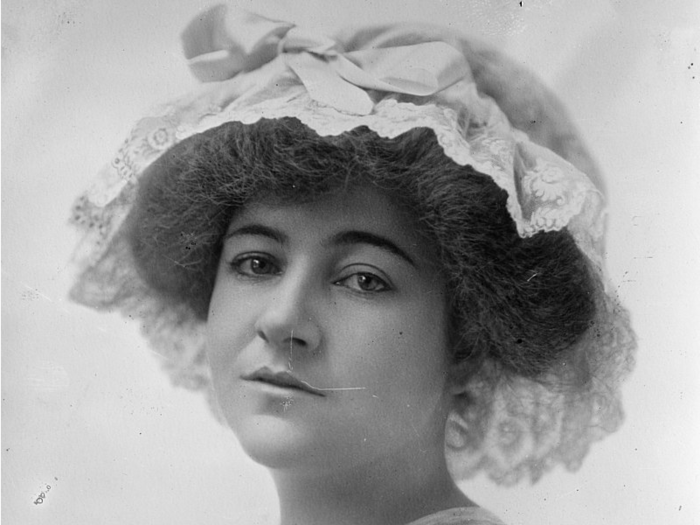
On the morning December 12, 1910, Manhattan heiress Dorothy Allen left her family's 79th Street home, telling her mother that she planned to shop for a dress to wear to her sister's debutante ball.
Witnesses subsequently placed her buying a box of chocolates on Fifth Avenue and strolling through a bookstore, according to American Heritage. She reportedly seemed in good spirits.
A friend named Gladys King also bumped into her, and the two women chatted about the upcoming ball. Arnold told King that she planned to cut through Central Park to head home, according to the New York Daily News. The two friends parted, and Arnold vanished without a trace.
Arnold was the daughter of Francis Arnold, a wealthy "fancy goods" importer with roots dating back to the Mayflower. Her family became anxious when she failed to return from her shopping trip, but hesitated to notify authorities for fear of a scandal.
They instead hired private Pinkerton detectives to find their missing daughter. These investigators checked local hospitals and morgues and chased down theories that Arnold fled to Europe to elope. Over a month after she disappeared, Arnold's father called the police and offered up a $1,000 reward.
Rumors swirled around the case in the media frenzy that followed.
Family, authorities, and the public speculated that Arnold had been murdered or abducted in Central Park; that she slipped on ice and contracted amnesia; that she ran off with a much older engineer named Gus Griscom Jr. who she had been romantically linked to; that she died during a botched abortion; or even that she committed suicide.
Fraudsters mailed in letters to the Arnold family, claiming to be the missing woman, and the public continued to call in sightings of the heiress around the country.
Arnold's true fate remains murky to this day.
A group plotted to bury the heir of a prominent Illinois family alive.
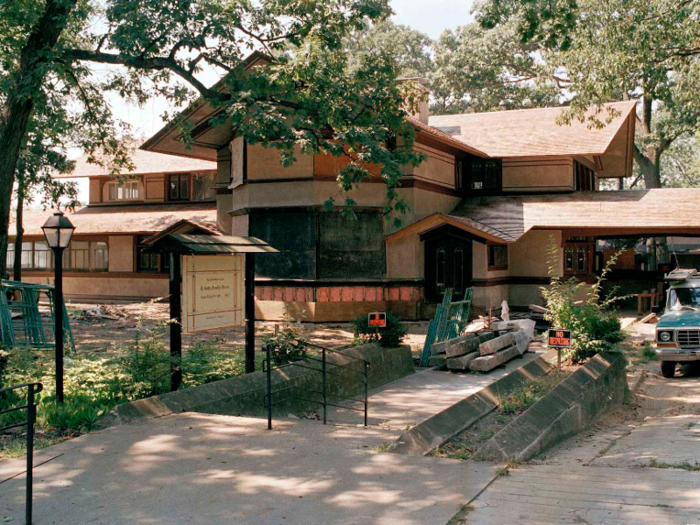
Stephen B. Small became the victim of a horrific crime when he was abducted and buried alive in 1987.
Small, the great-grandson of Illinois governor Len Small, belonged to a family with a controlling interest in United Press International. He was lured to a Frank Lloyd Wright house that he owned on the night of September 2, 1987.
Posing as a police officer, kidnapper Danny Edwards called up Small with a phony story about a burglary at the property. From there, Edwards and his girlfriend, Nancy Rish, abducted Small, handcuffing him and burying him in a wooden box with a flashlight, candy bars, gum, and a gallon of water.
The Chicago Tribune reported that the box's air supply was not sufficient, and Small suffocated within hours.
Edwards and Rish demanded $1 million from Small's wife, and police tracked the couple down as they attempted to collect the money.
Edwards was sentenced to death, which was commuted when then-Illinois Gov. George Ryan — a former neighbor of the victim — commuted all death sentences in the state. Rish is also serving a life sentence.
The case of abducted publishing heiress Patty Hearst shocked the nation.
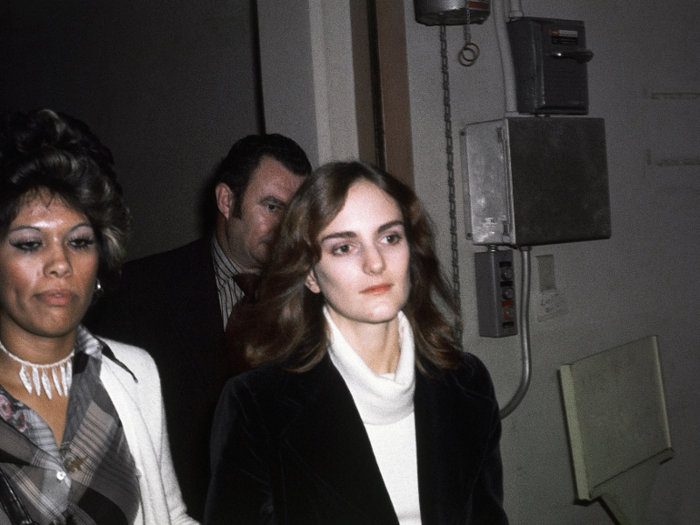
The 1974 abduction of publishing heiress Patty Hearst was a twisting case that sparked a media frenzy.
On the night of February 4, 1974, a group of armed men and women stormed into the Berkeley apartment of 19-year-old Hearst and her fiancé.
Members of the Symbionese Liberation Army — left-wing terrorists who initiated a number of bank robberies and murders in the 1970s — beat the couple and abducted Hearst.
The group demanded that the heiress's father, Hearst Corporation chair Randolph Apperson Hearst, donate millions of dollars in food to needy Californians. The publishing titan donated $2 million of food to the poor, but the SLA refused to release his daughter.
In the meantime, Vanity Fair reported that Hearst said she was kept tied up in a closet, brainwashed, and raped by her captors.
According to Today, public scrutiny of the case reached a fever pitch in April 1974, when Hearst was photographed brandishing a gun and assisting the SLA in a bank robbery. She was arrested in September 1975 and sentenced to seven years in prison.
President Jimmy Carter commuted her sentence to the 22 months she served, and President Bill Clinton pardoned her on January 20, 2001.
Popular Right Now
Popular Keywords
Advertisement